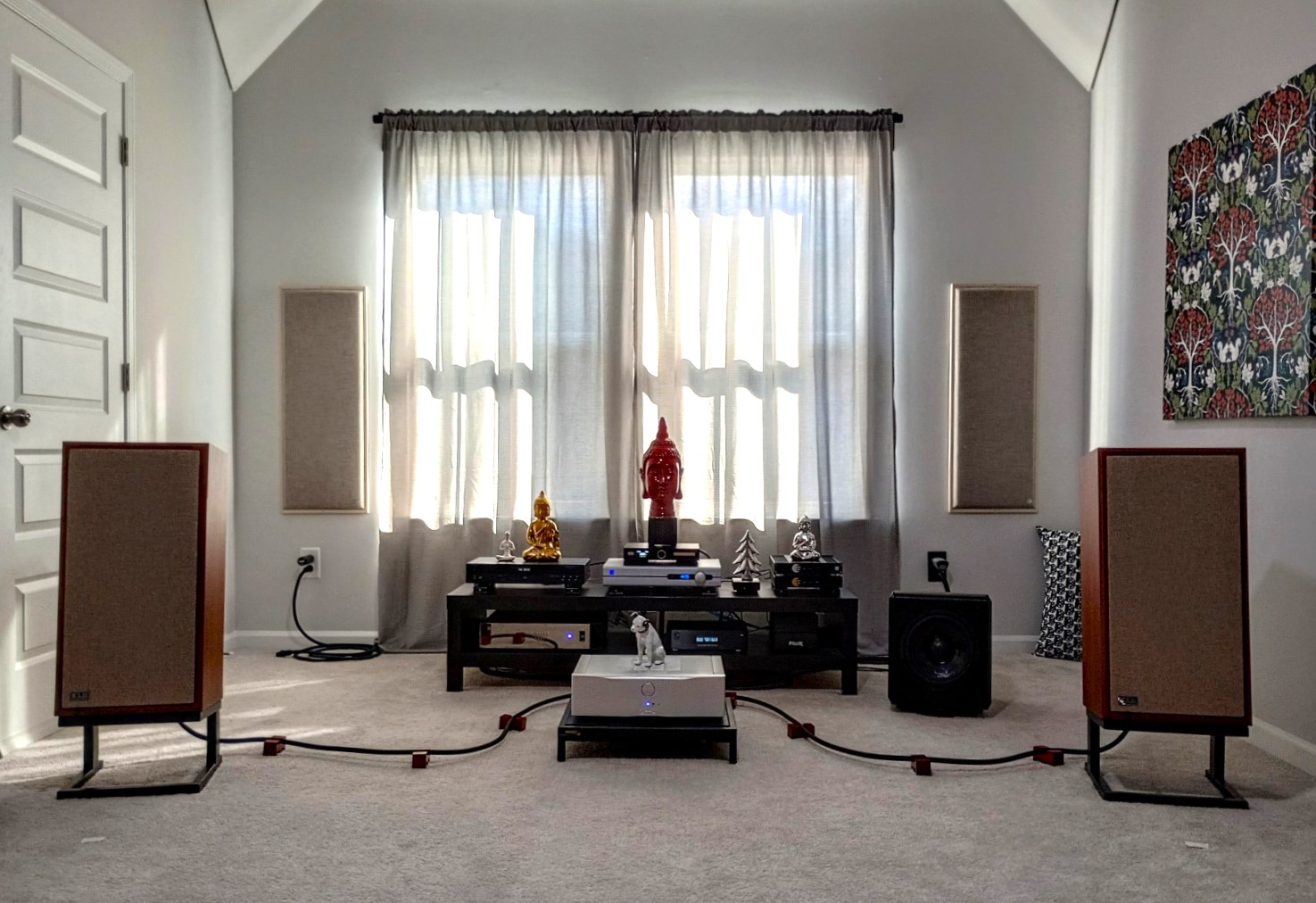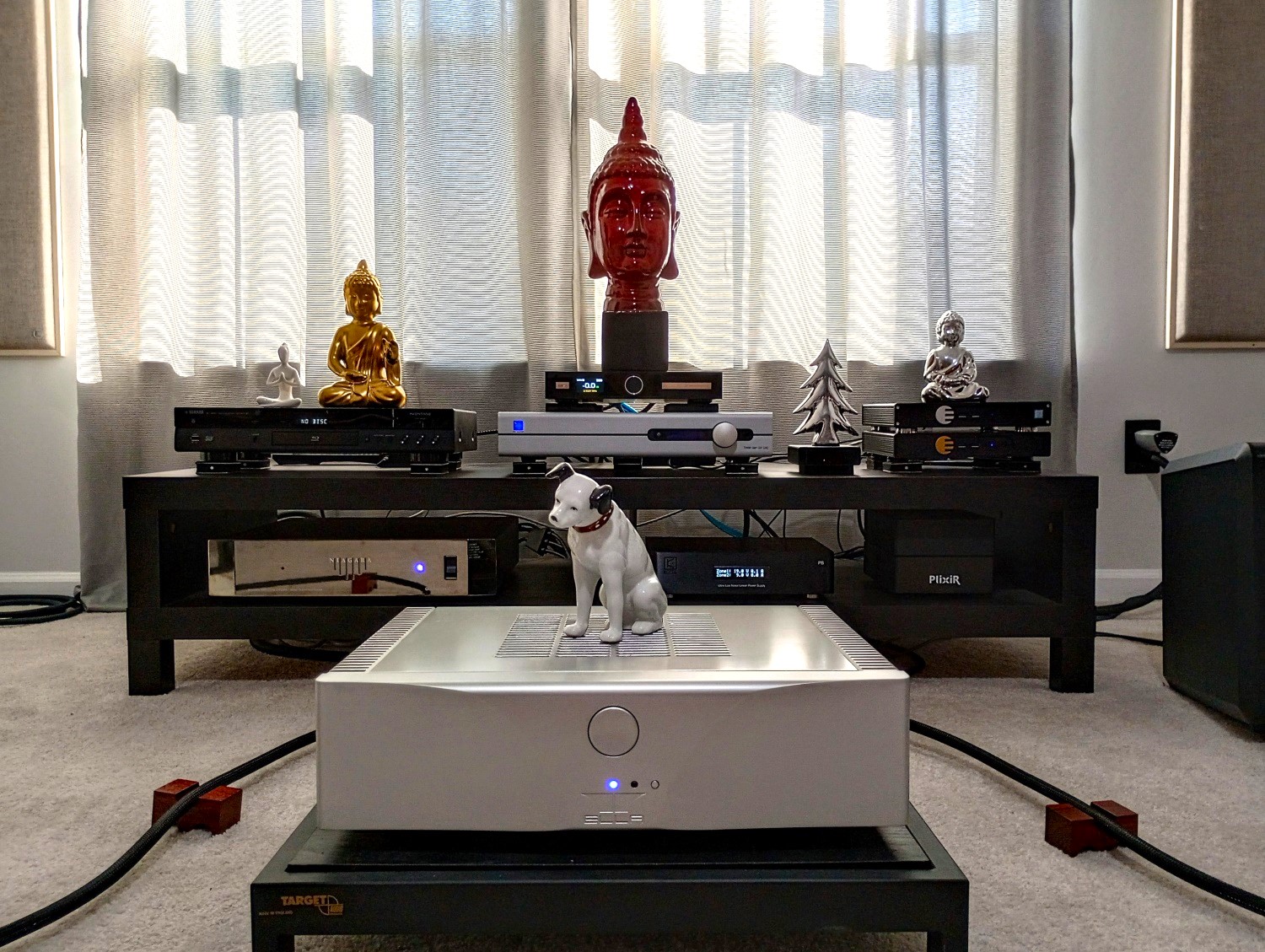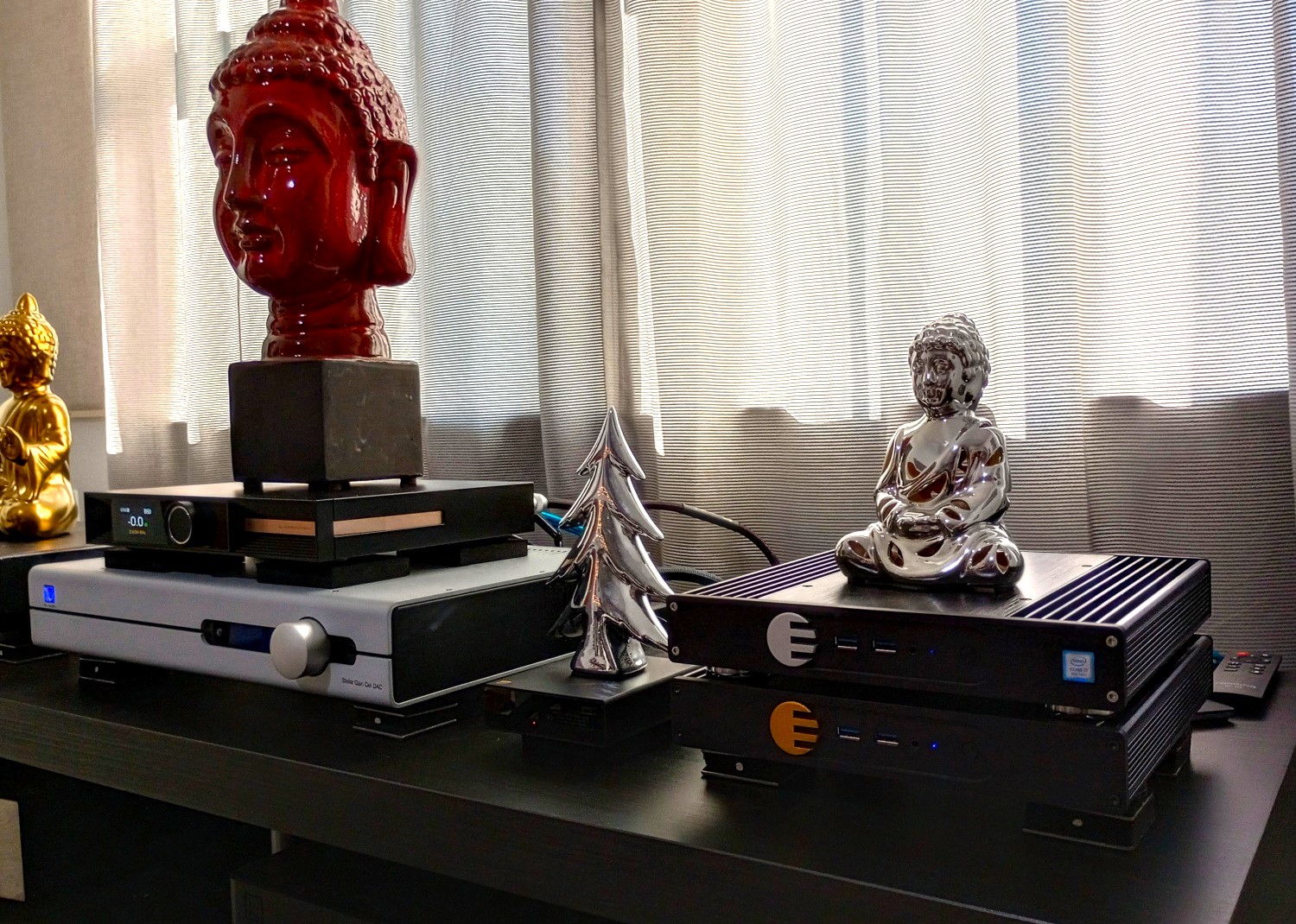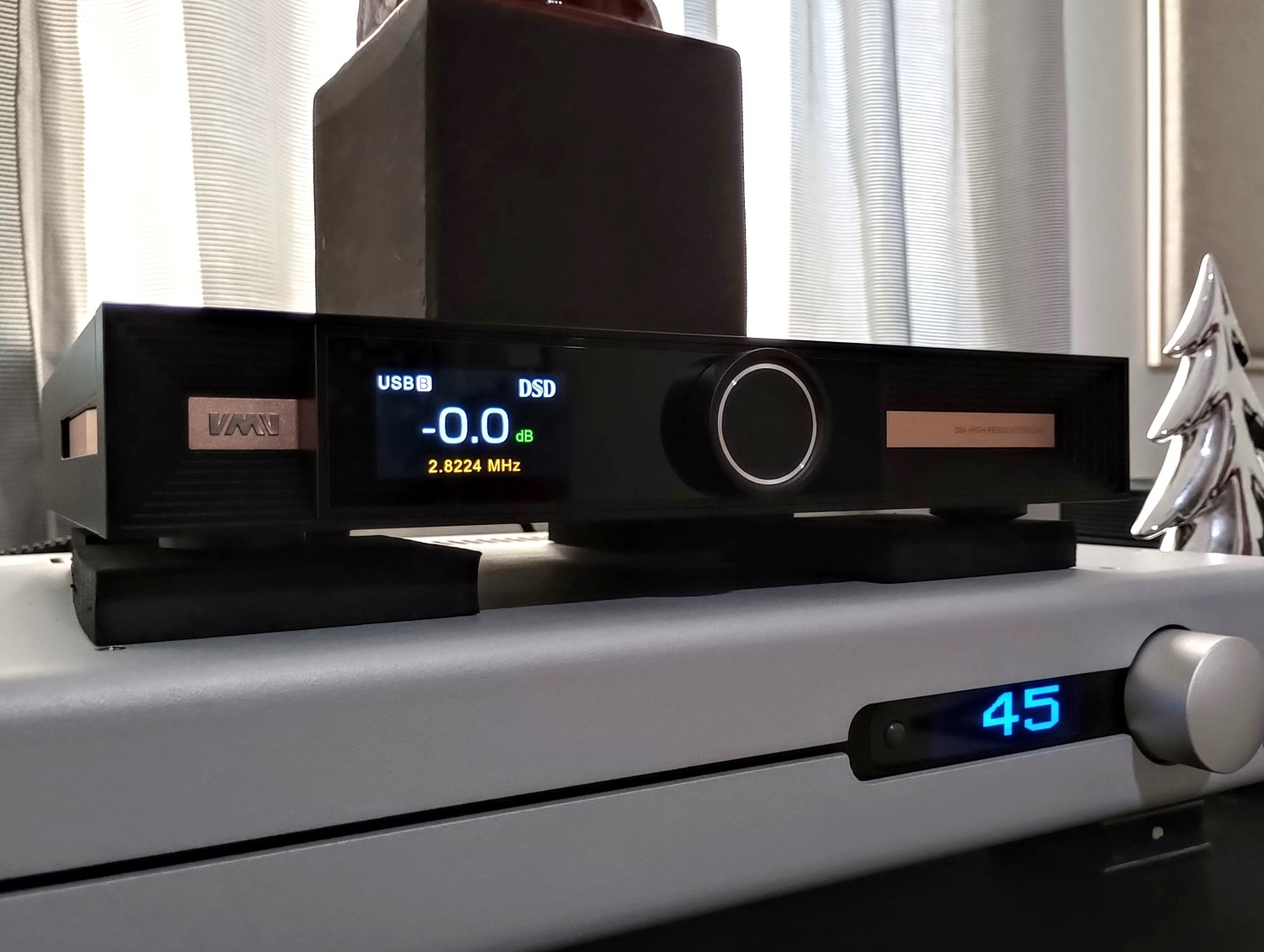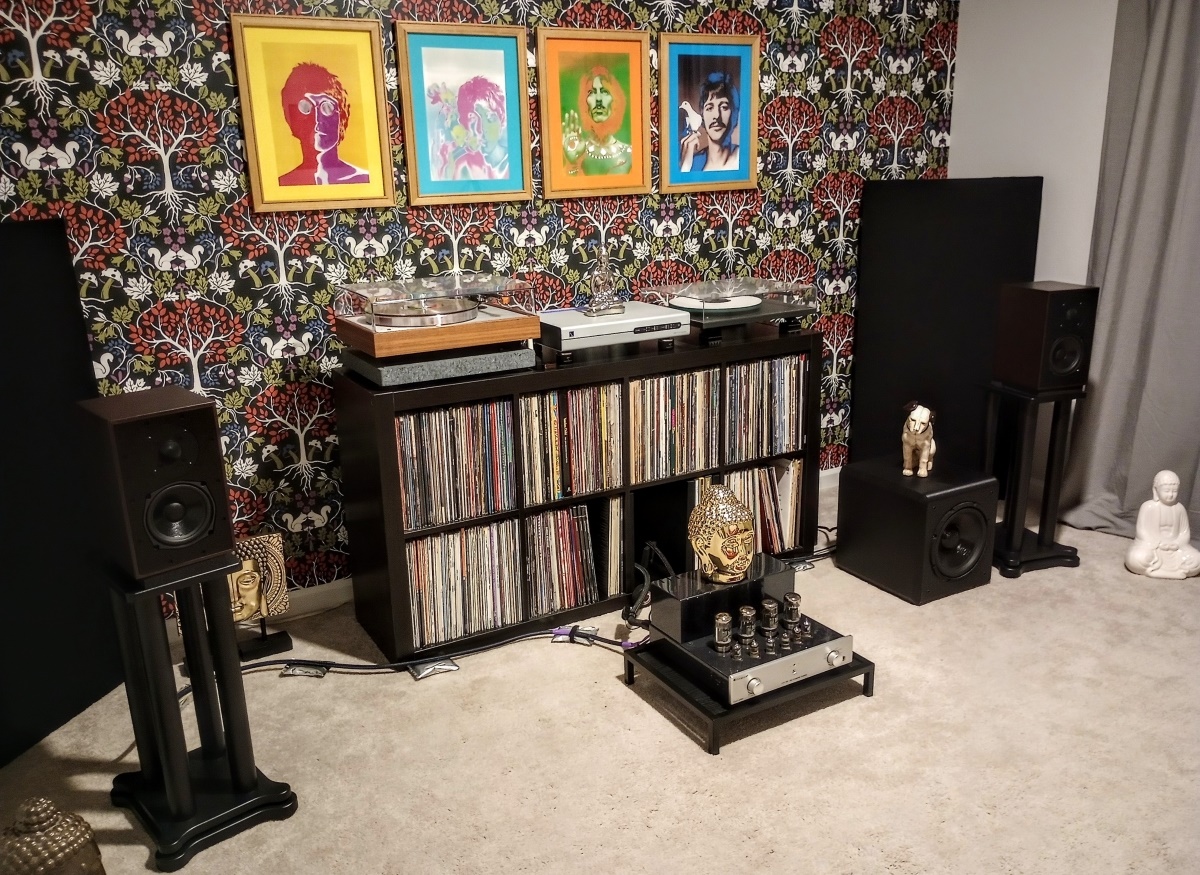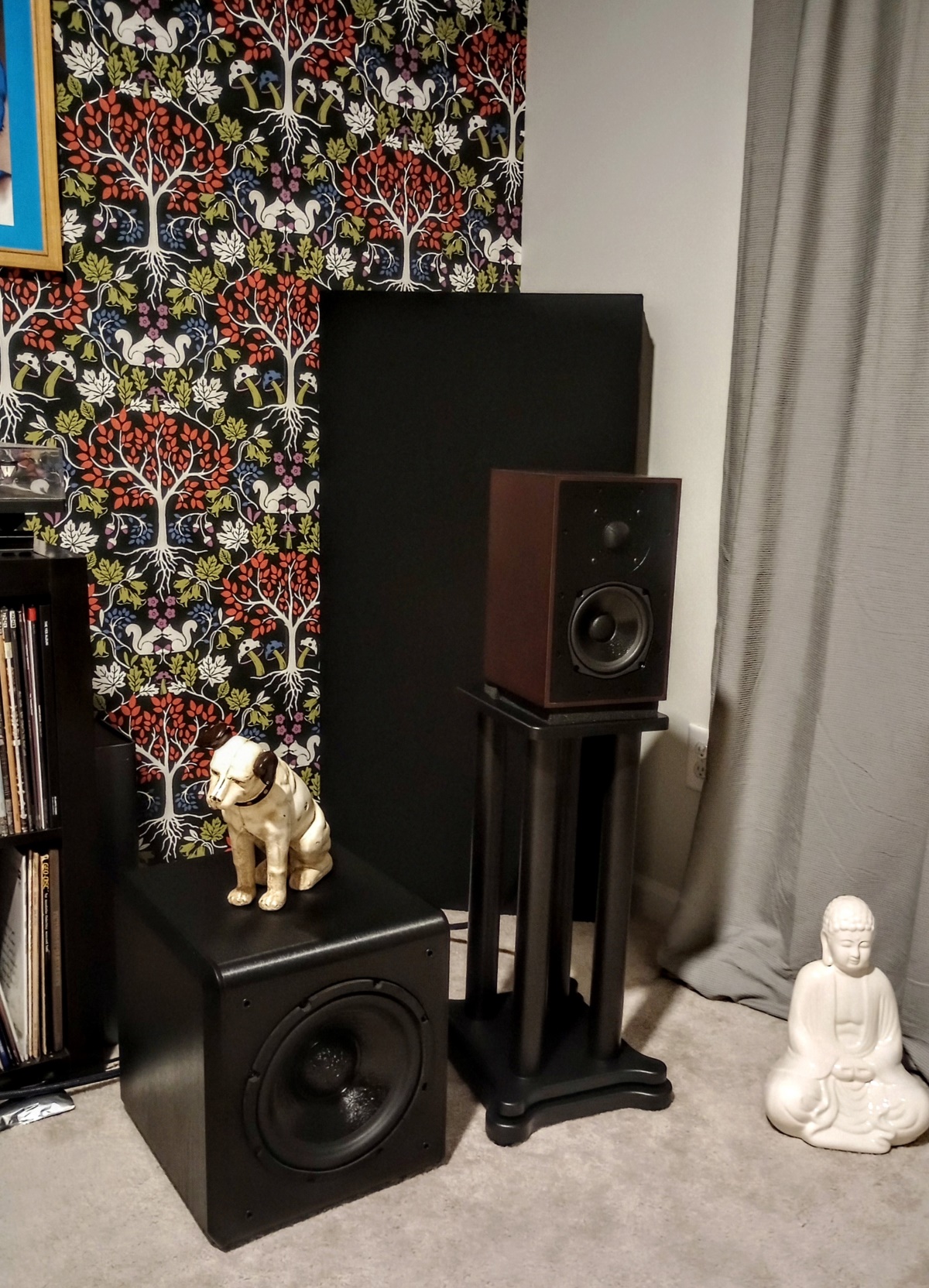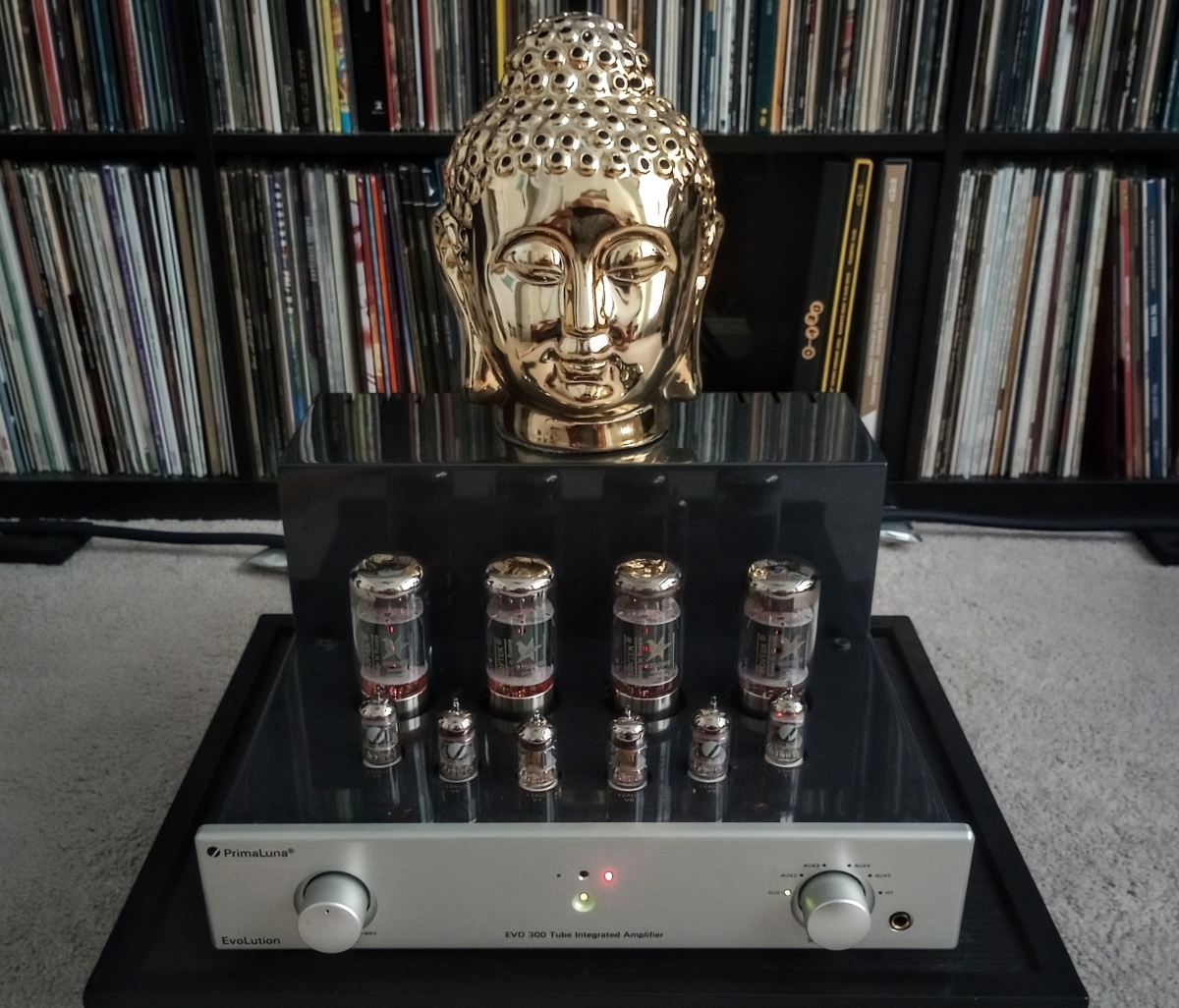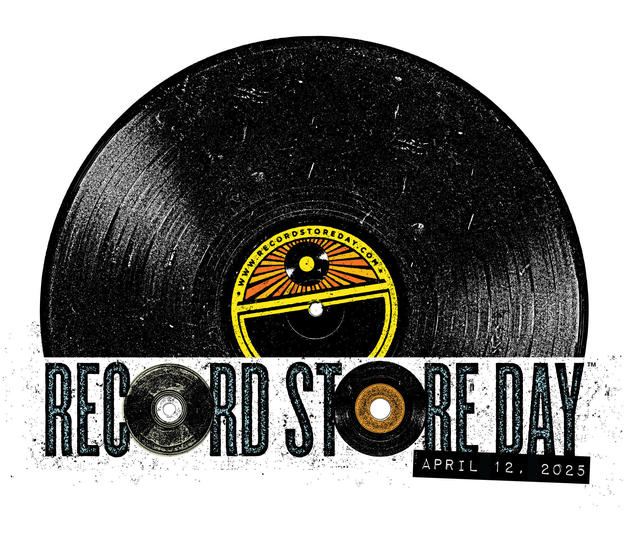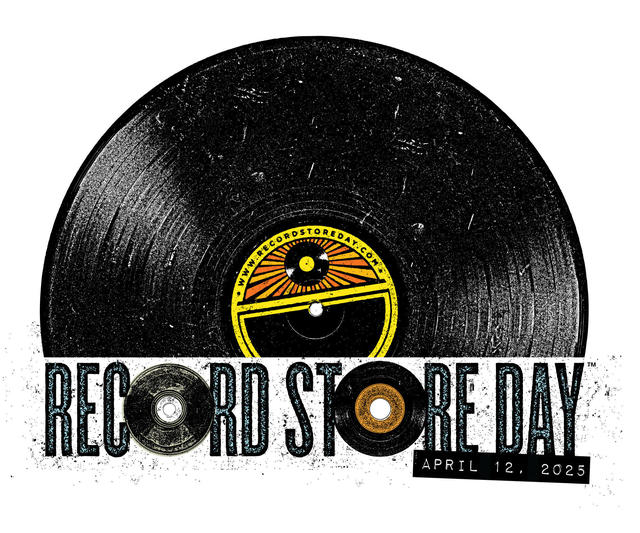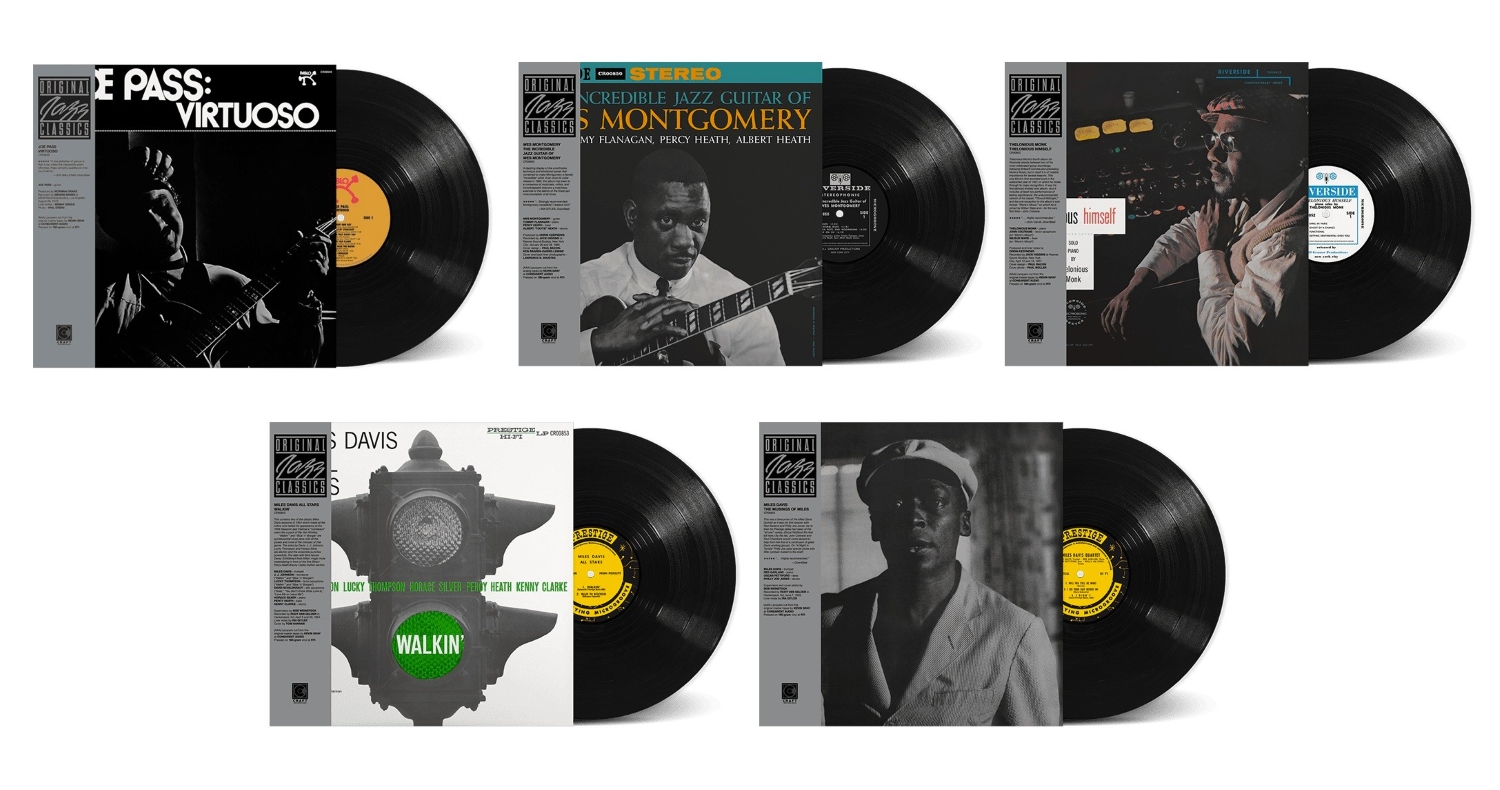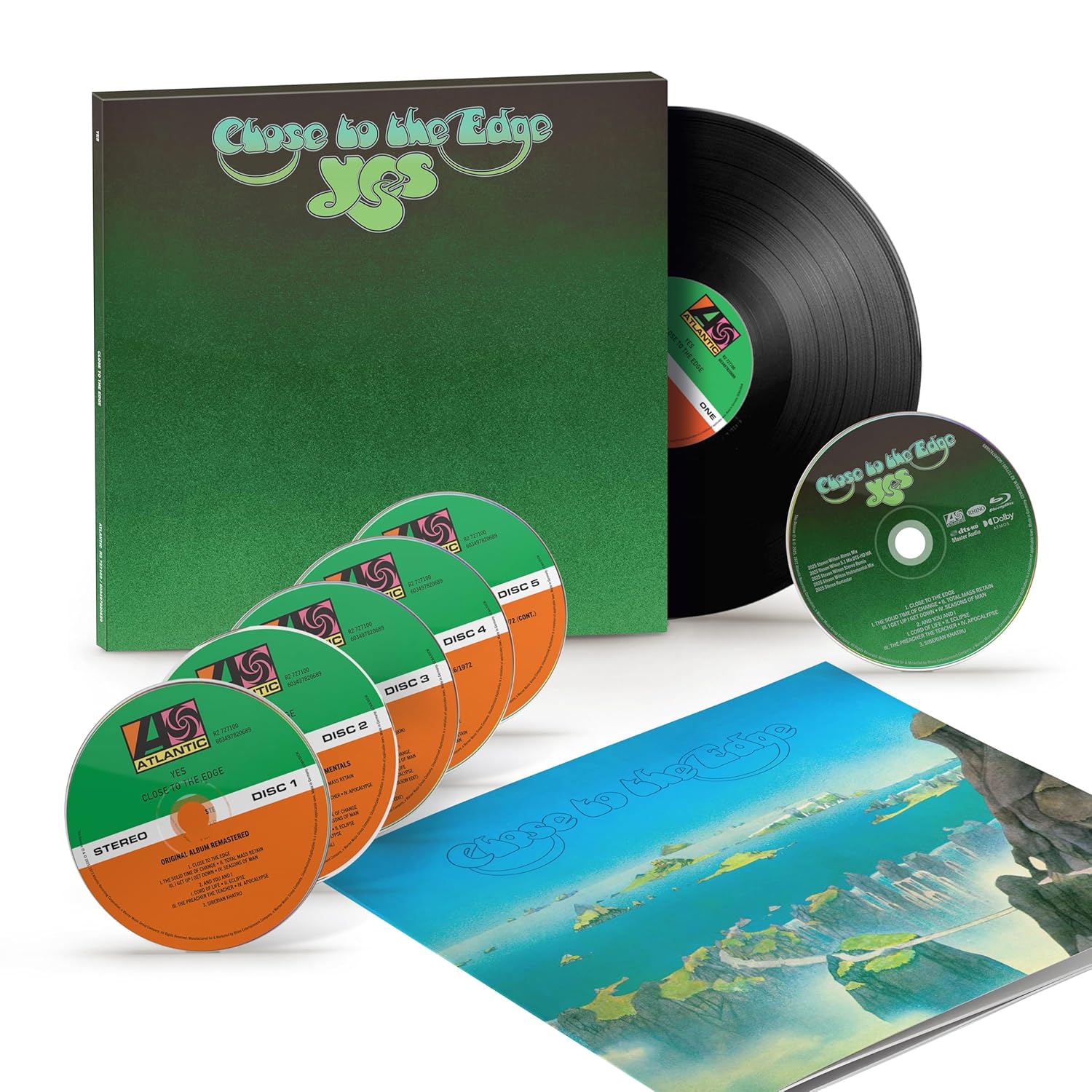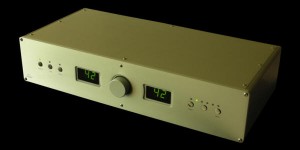
With my forays of the last few years into computer-based audio, I've really come to appreciate the lowly compact disc. Even though the prevailing logic would tell me that they're on the way out—very much like LPs were on the way out when the CD appeared in 1981, right? I think just about everyone has been surprised by the resilience of the LP and its refusal to go quietly into the night. And although we live in a very different world in terms of music marketing and consumer purchasing than we did thirty-plus years ago, I can't help but believe that 16/44.1 digital files will be around for quite some time, as well.
Used CDs can be had just about anywhere you go for as little as a dollar (often less), and the ripped end product—to me at least—sounds often surprisingly close to the higher resolution files available from HD Tracks, Super HiRez or any number of sources. And at roughly a buck a pop, one can get about 25 albums for the price of a single high-res download or LP reissue. That's quite the bargain, even in today's market! My wife's continuing and precarious health situation makes the prospect of my ability to acquire mass quantities of $25-a-pop LP reissues or high-res downloads fiscally next to nil. Yet with lots of challenging searching and judicious spending practices, I've increased the size of my music library by many hundreds of titles with only a fraction of the cash outlay, comparatively. I fully realize here that I'm pretty much a lone voice crying out in the wilderness, so let the stoning commence!
During a recent episode where things were surprisingly quiet at my day job, I was on my smart phone following a thread on Facebook that was initiated by Steve Guttenberg (The Audiophiliac). It was a response to some remarks made by Neil Young about complaints from consumers about the seeming preponderance of 16/44.1 files available on the Pono download site. Apparently, Neil basically blew off the criticisms of the complainers, who were moaning that Red Book CD quality had no place on a "Hi-Res" download site such as the new Pono portal. This prompted Steve G. to query to the masses, "Is 16/44.1 High Res Audio?" A literal firestorm erupted on the Facebook thread, with dozens upon dozens of frothingly venomous replies, all essentially in the negative—NO! CD quality files are not Hi-Res!
Now I would never be one to claim that Red Book CD sound is technically high-res; I own a number of higher resolution downloads, and in virtually every instance of available comparison, the greater resolution files trump the CD counterpart, but often by an ever-slimming margin. When compared to the highly compressed garbage downloads that we used to take for granted on iTunes and the like, CDs are undeniably superior. The quarrel I have with many in the Hi-Res camp is that they completely, absolutely out-of-hand dismiss the viability of 16/44.1 to provide listening enjoyment on any level, period. The level of absolutism is, well, pretty absolute! CD's are crap—end of story.
A little over a year ago, I was having a pretty in-depth conversation with John Atkinson at the Axpona high-end show in Chicago about Stereophile's seemingly anti-CD stance. I'd just attended the round table discussion that included not only JA but also Jason Victor Serinus and Robert Harley, and John's essential viewpoint was that with the onset of high-res downloads, it was time for CDs to be retired. The new high resolution digital downloads were so vastly superior that CDs just no longer had any place in the overall scheme of things. I argued that the very opposite was in fact my reaction to the situation—with the advent of more resolving, better sounding DACs, we finally had reached a point where CD sound could be heard in something approaching the absolute. To my great surprise, a number of other attendees chimed in and voiced their support of my observations, and several came up to me afterward to affirm (at least to me) that I'm not the only certified nut-job out there who still believes in the Red Book standard.
I just recently read a superb article over on The High Fidelity Report website by Lee Scoggins, "The Golden Age of Audio Is Now," where he muses that the "Golden Age" everyone is so nostalgic for is in fact now. Now! Can you believe it? The enjoyment of great music isn't just the province of the "one percenters," listening on their cost-no-object systems. In fact, the cost of enjoying good sound is actually getting cheaper, with better, less expensive technology appearing virtually every day. The amazing DAC designs and playback that we now have the great pleasure to explore and enjoy offer digital files the kind of analog-like sound we only dreamed of years ago. And the trickle-down effect of higher-end equipment shows new audio products appearing at often ridiculously low prices—it seems the pricing threshold for equipment with audiophile pretensions grows lower with each passing day. And especially with the miniaturization that makes it possible for you to take high-end sound with you as you cross the globe in your bohemian pursuits—well, at the very least, the prospects for a new, younger generation of audiophiles adopting an appreciation for good sound becomes much more likely.
And for a little more money (sometimes a lot more!)—well, maybe you almost get it all! I've heard the following argument from the pro-audio side for nearly thirty years now—the problem was never with the 16/44.1 standard, the problem was that equipment was never available at the consumer level for most audiophiles to experience all that Red Book CD had to offer in anything approaching full resolution. That time is obviously now—I see and hear that daily through the digital equipment that populates my modest home system. Its ability to offer musicality and retrieval of detail from even my oldest CDs is often overwhelming—I'd never have believed that this relatively high level of musical enjoyment was ever possible at such a moderate price point. And while a growing selection of budget-friendly equipment can give one a generous slice of the musical pie, it appears that even better performance can be had by those with slightly deeper pockets.
Paul McGowan and designer Ted Smith of PS Audio introduced the DirectStream DAC last year, and their press release focused not only on its superb capabilities with DSD- and PCM-related high resolution files, but also on its ability to allow your existing Red Book collection to shine like never before. Imagine that—a true high-end audiophile DAC that isn't embarrassed to have its name even mentioned in the same sentence with the words "compact disc!" Reviews abounded throughout last year; PF's own Dr. David Robinson in Issue 74 described the unit's performance with 16/44.1 files as "knocks it out of the ballpark." And in the February 2015 issue of Stereophile, Robert Deustch offers a follow-up to their review that focuses on the unit's handling of Red Book material—a recent firmware update apparently gives 16/44.1 files a level of detail and image dimensionality that almost belies belief. While the DAC's nearly $6000 msrp places it currently beyond the reach of most of us, I had a recent conversation with Paul McGowan, who mentioned two new upcoming products that PS Audio hopes to launch later this year. One of them, the DS Jr., definitely benefits from the technology in the DirectStream DAC, and is slated to be debuted at the upcoming RMAF. While its price point will be somewhere around the $3k mark, hey, that’s half the price of the DirectStream! And somewhere around the beginning of Summer, they plan to launch the NuWave DAC that will have an msrp of around $12-1300 dollars, and Paul says their initial experiences with the new unit are pretty impressive! While it’s too early to tell how much trickle-down technology from the DirectStream will show up in the NuWave, at least PS Audio appears poised to give the rest of us a taste of the higher-end soon at a much more palatable price point.
As I write this, I'm listening to a Cowboy Junkies CD I just bought yesterday for 80 cents at a local thrift store. Through my Luminous/HRT/Emotiva/Zu system, Margo Timmins' sultry, smoky-sweet voice is reproduced with the kind of liquidity and three-dimensionality I'd previously have thought only possible with a vinyl record as the source. Lee Scoggins is so very right—this is the Golden Age!




